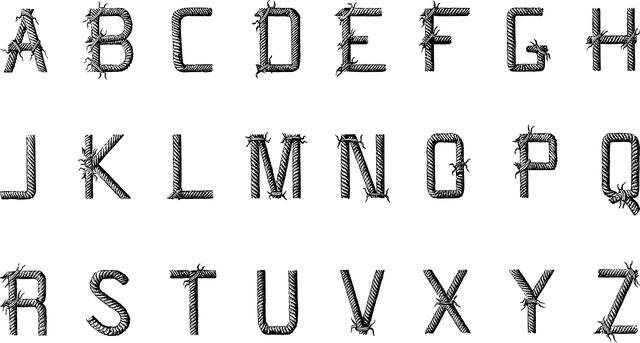Fontmatrix is an end-user font manager initially designed for Linux, but now also available for Windows and Mac OS X.
Its main PROS are:
- Works with local and remote font storages;
- Features activation and deactivation of fonts based on tags;
- Allows finding suitable fonts by constructing simple or complex queries;
- Allows refining a fonts selection by comparing either glyphs in details or text lines;
- Supports searching in PANOSE metadata and allows non-destructively editing it;
- Has advanced OpenType support;
- Ships with sample texts in gazillion of languages and scripts to assist testing fonts with wide Unicode blocks coverage;
- Features easy templates based creation of font books (PDF).
- Glyph comparison support;
- It is possible to view a font sample, a symbol table, and font information;
- Support for adding tags to fonts for easy search;
- Python Scripts;
- Support for importing directories and files;
- Support for exporting fonts and packaging data;
- Support for customizable keyboard shortcuts.
Targeted audience are mostly adventurous graphic designers and typesetters who deal with hundreds and even more fonts during their work – browsing the endless lists of font dialogs. Basically, the Fontmatrix helps doing three things: activation and deactivation of fonts, tagging fonts and fontbook, generation.
Fontmatrix has a concept of ‘tagging’. This makes it really nice to group fonts and even sub-group them logically for use in a book for instance. It also has extensive gui support for showing all glyphs in a font, previews of sample text, variable sizing and also tells what kinds of advanced Open Type features are inside each font. These features have never been seen outside of a font editor. And not least, it creates a nice PDF catalogue of user’s fonts for printing or reference. In short, fontmatrix is a font manager for professionals, but is nice and user friendly.
The word font refers to a set of printable or displayable typography or text characters in a specific style and size. Font styles are used in both print and digital text.
While typographic font styles have custom spacing and design, once determined, this style will apply to both lowercase and uppercase letters as well as punctuation marks.
The type design for a set of fonts is the typeface, and variations of this design form the font family.











